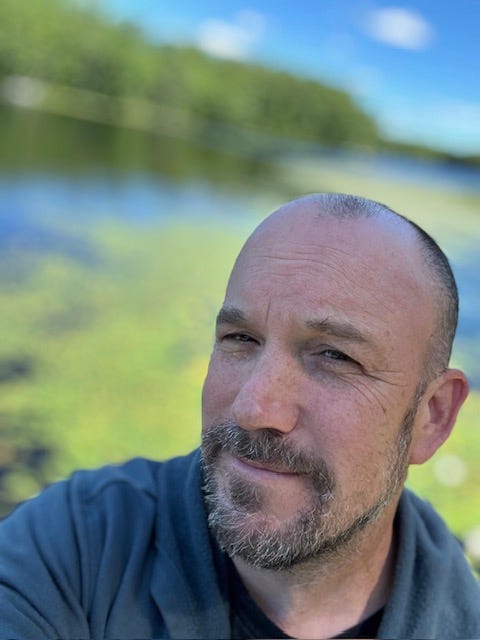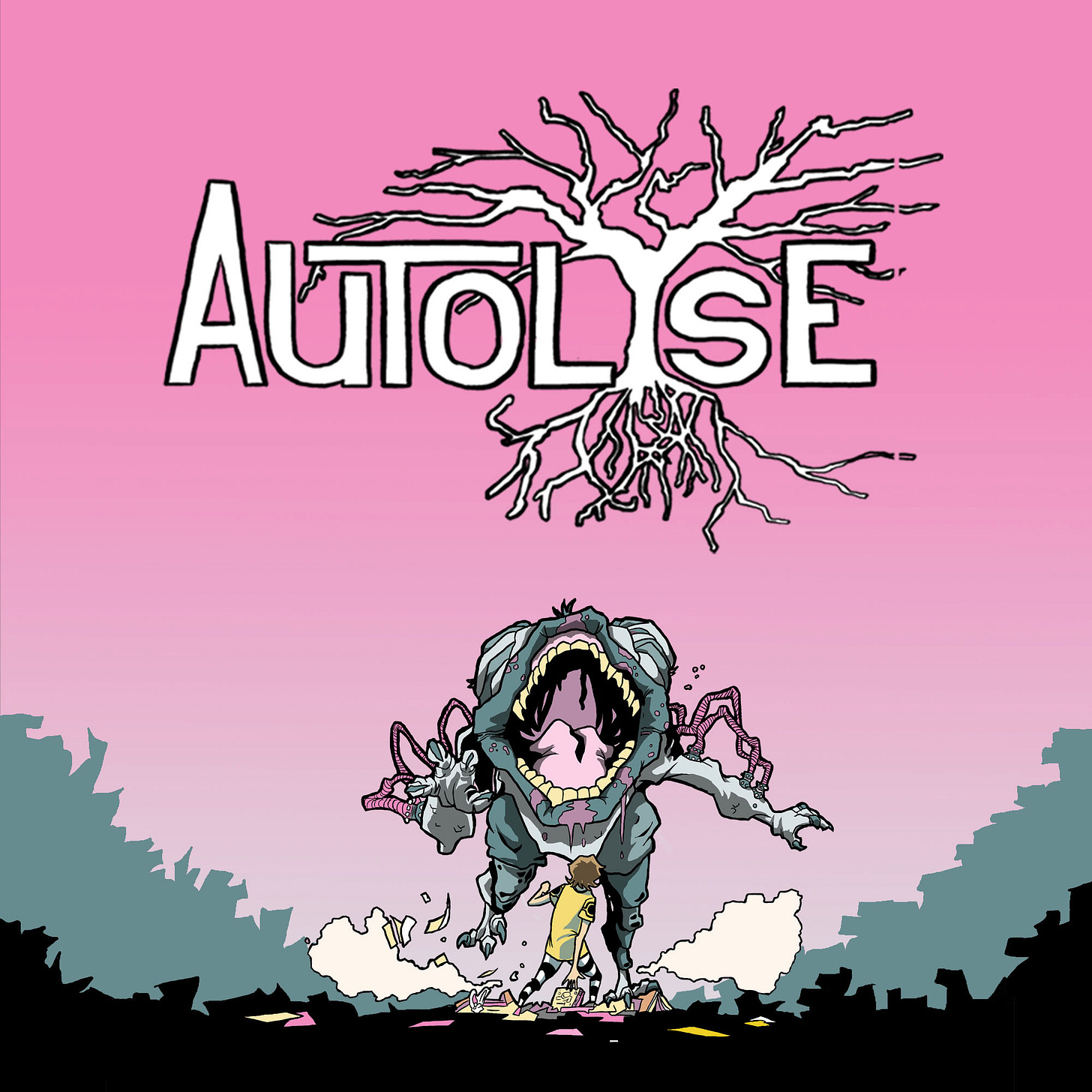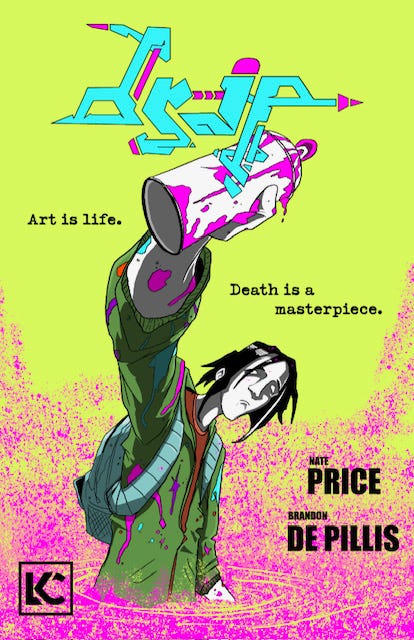Creator Interview: Brandon De Pillis
Brandon De Pillis is a Comic Creator, writing and illustrating the titles CANNONBALL and AUTOLYSE. His latest project, DRIP, is a collaboration with writer Nate Price.
Welcome, Brandon!
You choose some amazing angles for your pages. Can you break down the process for upcoming creators on how to formulate cinematic scenes?
Thank you for that. I really appreciate it.
First, learn how to recognize and create good composition.
For my work, I utilize the panel from front to back. In photography we call it “depth of field”, the distance between the closest object in focus and the furthest object in focus. In an image, that distance can create tension, which is absolutely necessary for storytelling and can create interesting compositions. That’s why I have so many panels with people or objects so close to the “camera”.
If you learn how to deconstruct various works of art such as film, comics, novels, poetry, music… and ask WHY? Why did the director show this scene? Why did they choose that angle? Why did the actor make this choice?
A good place to start in deconstruction would be the opening shots of a film. What are you seeing and Why? What is it telling you about the story you’re about to see. If you can learn how to recognize good composition, you can learn how to create more interesting compositions.
Art is a series of a thousand decisions. Knowing why you’re making those decisions will help you make better art.
You actively made it a goal to be able to draw hands well. You said, "I'm going to draw good hands and try not to hide them. Even make them prominent at times." How important are setting goals and the act of working towards them? (Absolutely nailed drawing hands!)
HA! Again thank you! I’m gonna take that compliment and stick it in my back pocket for later just in case I need it.
It’s important to set achievable goals. For me, now, I try to challenge myself with something new at least once on every page. That way I’m always learning. If you stop learning, you’re dead, in my opinion.
Be realistic with your goals too. I started comics with the intention of doing a graphic novel. It was a retelling of The Iliad as a coming-of-age story called “Ilium, NY or The Indestructible Underwear”. I got 25 pages in and stopped. I realized 120 pages was very daunting to me. After several other failed starts at other projects, including a web series with a schedule I couldn’t maintain I asked myself what CAN I ACTUALLY DO? SO I started making 1 page comics. I made 20+ of them. Those lead to 3-5 page stories and eventually a book. I took baby steps and I learned. Now I tell all new cartoonists to start small. ACHIEVABLE GOALS. Each success helps fuel the next success. Do a one page comic. Learn how to tell a story sequentially, grow into 3-5 page comics and eventually a floppy.
Your artwork is inventive, distinctive, and stylish, but your writing is superb. It's what retains the reader, digs in its hooks and keeps them glued to your story. Is there an aspect of storytelling that you feel is the most important?
Pacing. I work in 3 act structure, and each of those acts can be broken down in three parts as well as each scene can be reduced to three parts and even pages are reduced to three parts. That allows me to find a nice organic flow and a rhythm. Like the beat of a drum. That flow keeps the reader turning pages. Essentially, you should be able to look at your story at the end and say, “…this happened because this happened because this happened…and so on and so on…”
Also TRUST and RESPECT the reader. They’re super intelligent and intuitive. Only give them the information that is absolutely necessary. No info dumps. No long winded exposition. Those are roadblocks. Give them a clear and entertaining path. If it’s not serving the story at that moment, no need to include it. The reader will follow.
Your body of work is growing to also include projects written by other authors. What's the most important part of creating with a teammate besides communication?
Ooo…that’s an easy one… be honest. Be honest about your expectations and needs. Be honest and open about your strengths and weaknesses. And learn how to give and receive good constructive criticism. That last part is necessary.
After a long hard day of crafting. With shoes kicked off, it's time to indulge in the savory setting of supper. Please answer the most important question ever… the highly debated topic…
What is the best pizza topping?
I LOVE PIZZA. There really isn’t a bad topping. I love anchovies as well as the oft-hated pineapple BUT I have to go with the most versatile topping… the topping that is excellent anywhere… the topping that can be magnificent and elevated by the best of chefs…
MUSHROOMS.
Thank you, Brandon!
linktr.ee/Bdepillis






